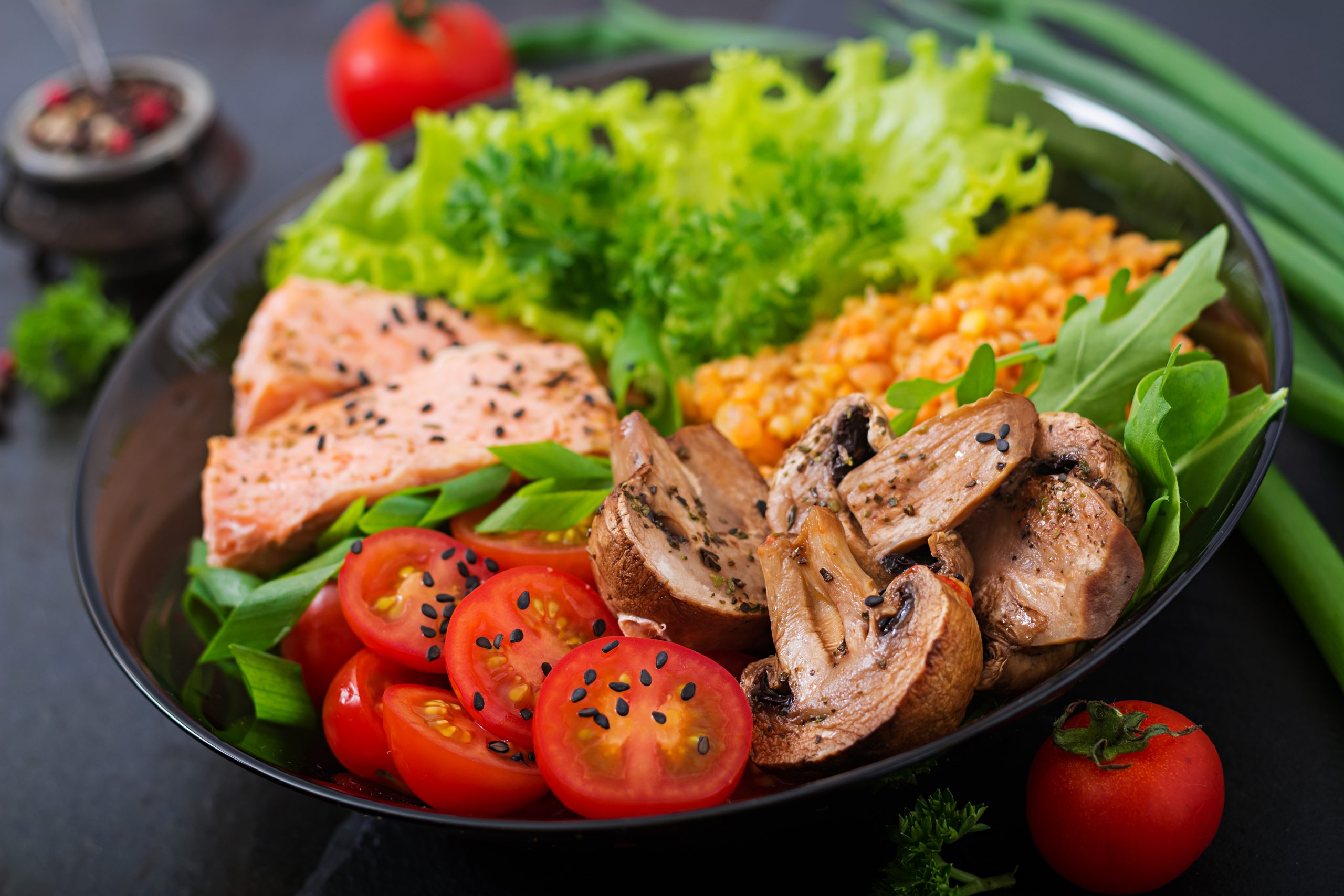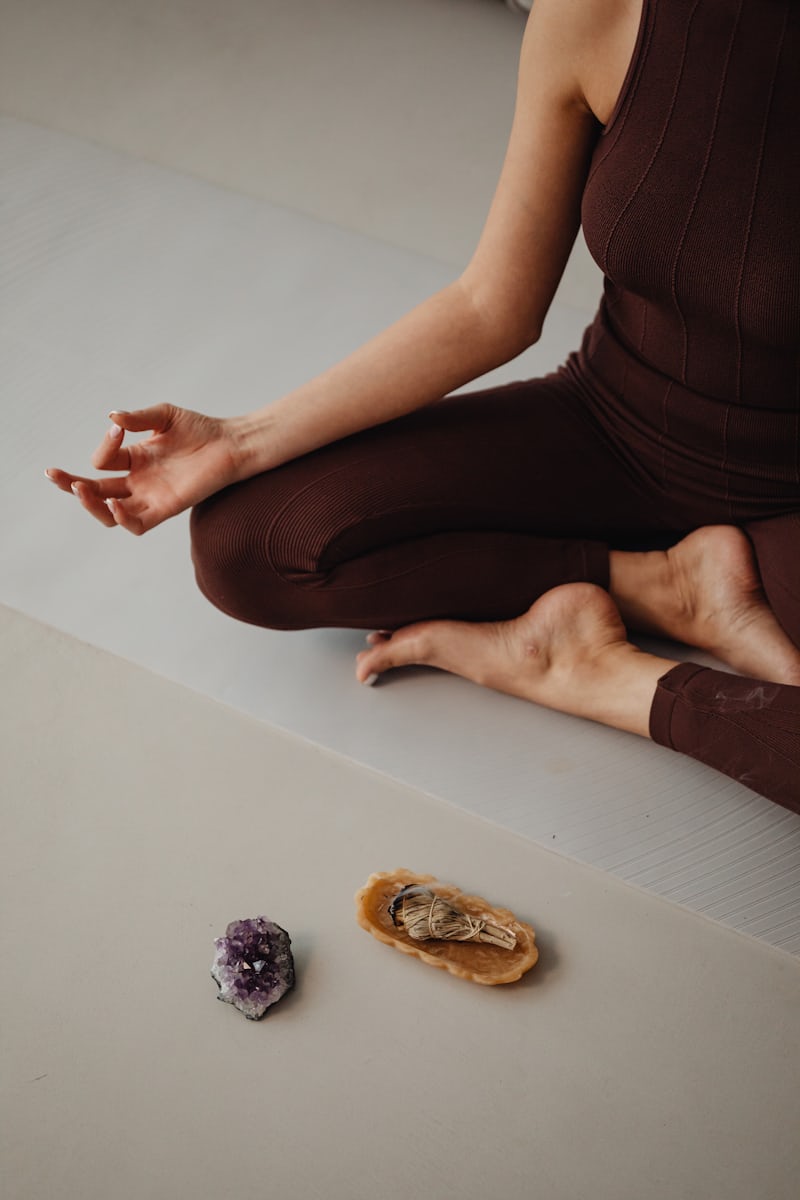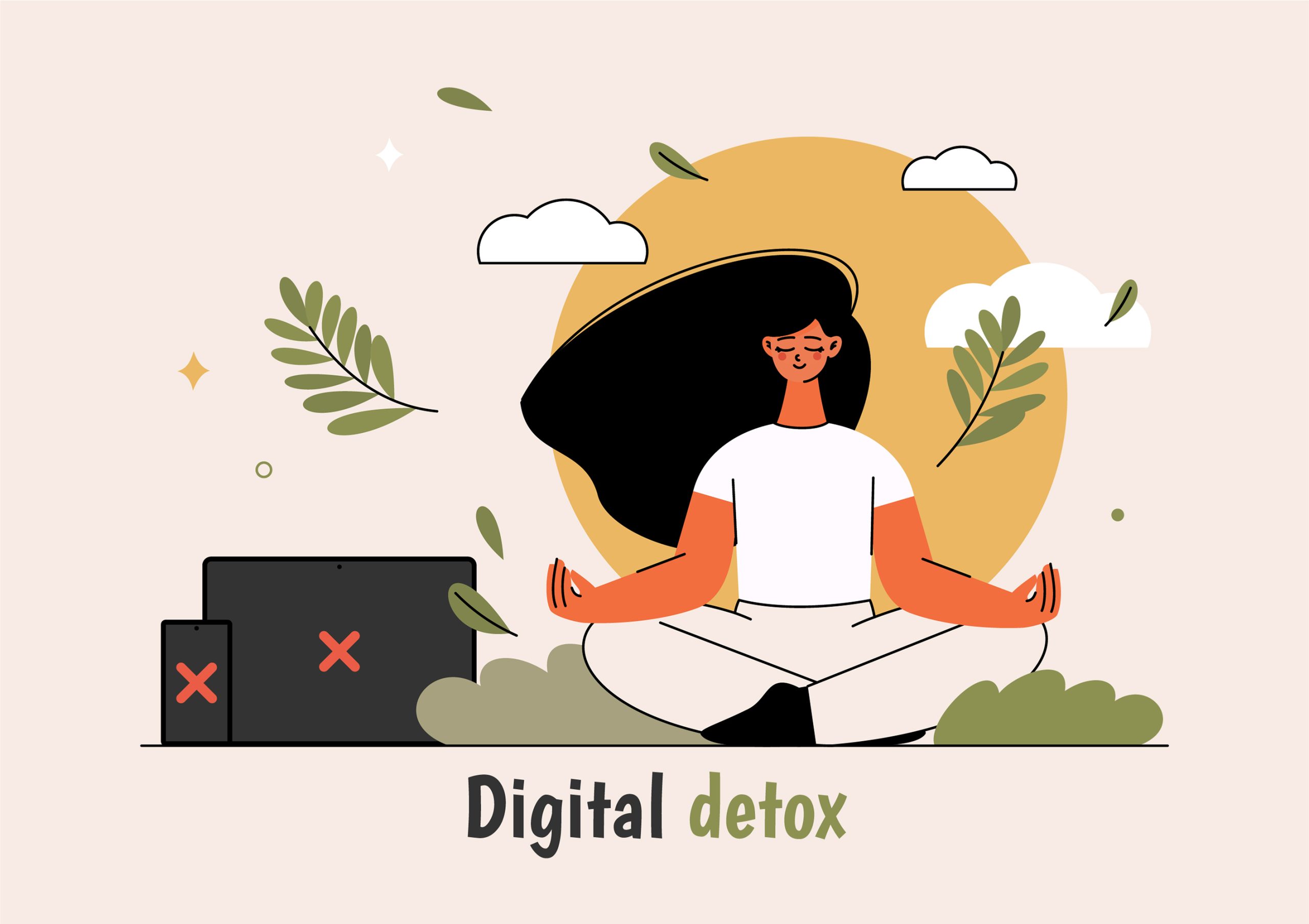How Food Affects Anxiety and Panic
Food influences anxiety through several pathways: blood sugar balance, neurotransmitter synthesis, inflammation, gut health, and nervous system regulation. A sudden dip in blood sugar can trigger jitteriness, heart palpitations, and a racing mind—symptoms that can feel very much like a panic attack. Certain nutrients (like magnesium, omega-3s, B-vitamins, and tryptophan) are building blocks for calming neurotransmitters such as GABA and serotonin. Meanwhile, gut microbes also interact with the brain via the gut–brain axis; a healthy gut can support emotional resilience. So an intentional diet aims to stabilize blood sugar, provide calming nutrients, and nurture the gut and nervous system.
Power Foods That Calm the Mind
1. Oats and Whole Grains
Complex carbohydrates like oats, quinoa, brown rice, and whole-grain bread help steady blood sugar and promote steady serotonin production. A warm bowl of oats in the morning can be grounding—combined with nuts and fruit it becomes a balanced, slow-releasing meal that reduces mid-morning jitters.
2. Fatty Fish (Omega-3s)
Salmon, mackerel, sardines, and trout are rich in EPA and DHA—omega-3 fatty acids that support brain health and lower inflammation. Studies link omega-3 intake with reduced anxiety symptoms. Aim for 2–3 servings per week or a quality supplement if needed (check with a healthcare provider).
3. Leafy Greens (Magnesium-Rich)
Spinach, Swiss chard, kale, and collard greens are great magnesium sources. Magnesium plays a crucial role in calming the nervous system; many people are slightly deficient. Add a big salad, a handful of greens into a smoothie, or lightly sauté greens with garlic.
4. Nuts and Seeds
Almonds, walnuts, pumpkin seeds, and sunflower seeds deliver magnesium, zinc, and healthy fats. Walnuts are especially helpful for omega-3 ALA (plant-based). Keep a small jar of mixed nuts for quick, stabilizing snacks when anxiety flares.
5. Yogurt, Kefir, and Fermented Foods
Probiotic-rich foods support a healthy gut microbiome. Yogurt with live cultures, kefir, kimchi, sauerkraut, and miso can positively influence mood by feeding beneficial bacteria that communicate with the brain. Choose unsweetened options or lightly sweeten with fruit.
6. Berries and Colorful Fruits
Berries (blueberries, strawberries, raspberries) are rich in antioxidants and vitamin C, which help reduce oxidative stress. They provide natural sweetness without big blood sugar spikes and pair beautifully with yogurt or oats.
7. Bananas
Bananas offer potassium and vitamin B6—both helpful for nerve function and serotonin production. They’re also an easy, portable source of steady energy.
8. Eggs
Eggs provide choline, B-vitamins, and high-quality protein—essentials for neurotransmitter production and steady blood sugar. A protein-rich breakfast can prevent mid-morning anxiety.
9. Dark Chocolate (in Moderation)
Dark chocolate (70% cacao or more) contains polyphenols and small amounts of magnesium. A modest square can boost mood and lower stress hormones. Keep portions small to avoid caffeine-related stimulation.
10. Chamomile and Green Tea
Chamomile tea has calming properties and is commonly used as a natural sleep and anxiety aid. Green tea contains L-theanine—an amino acid that promotes relaxation without drowsiness. Limit green tea in the evening if you’re caffeine-sensitive.
11. Legumes and Beans
Beans, lentils, and chickpeas are rich in B-vitamins, magnesium, and fiber. They keep blood sugar stable and support steady energy—helpful for anxiety-prone people.
12. Turmeric (Curcumin)
Curcumin, the active compound in turmeric, has anti-inflammatory and mood-supporting effects. Add turmeric to soups, stews, or golden milk lattes paired with black pepper to boost absorption.
Easy Meals & Snacks to Reduce Panic
Calming Breakfasts
- Oat porridge with a spoonful of nut butter, sliced banana, and chia seeds.
- Greek yogurt bowl with mixed berries, walnuts, and a sprinkle of oats.
- Whole-grain toast with mashed avocado and a poached egg.
Soothing Lunches
- Quinoa salad with roasted salmon, spinach, cucumber, and tahini dressing.
- Chickpea and veggie bowl with brown rice, roasted peppers, kale, and lemon-olive oil dressing.
Grounding Snacks
- Small handful of mixed nuts + one piece of fruit.
- Apple slices with almond butter.
- Plain kefir or yogurt with a few berries.
Comforting Dinners
- Baked salmon with sweet potato and steamed greens.
- Stir-fry with tofu, brown rice, broccoli, and a ginger-turmeric sauce.
- Hearty lentil soup with carrots, celery, and spinach—served warm for calming effect.
Lifestyle Habits That Boost Food’s Effects
Food is powerful, but it works best alongside practical habits:
- Regular meals: Eat at consistent intervals to prevent blood sugar drops that can mimic panic symptoms.
- Hydration: Even mild dehydration can cause lightheadedness and irritability. Sip water regularly.
- Sleep: Poor sleep worsens anxiety; nourishing meals and limiting stimulants help sleep quality.
- Mindful eating: Slow down, chew, and notice the texture and taste—this lowers sympathetic arousal and improves digestion.
- Movement: Gentle exercise (walks, yoga) reduces anxiety and supports digestion and sleep.
Foods & Drinks to Avoid or Limit
Certain items can trigger or worsen anxiety and panic symptoms for some people:
- Caffeine: Coffee, energy drinks, and high-caffeine teas can increase heart rate and nervousness. If panic is an issue, reduce or time caffeine earlier in the day.
- Refined sugar & high-sugar drinks: These cause rapid blood sugar swings that can fuel jitteriness and mood dips.
- Highly processed foods: Foods high in trans fats, additives, or artificial sweeteners may increase inflammation and affect mood.
- Excess alcohol: Alcohol interferes with sleep, disrupts neurotransmitters, and can worsen anxiety in the long run.
- Large meals before bed: Heavy, spicy, or high-fat meals late at night can disturb sleep and increase nighttime anxiety.
A Simple Panic-Reducing Plate: Sample Day
Structure matters. Here’s a gentle, realistic sample day focused on calm:
Breakfast (7–9 AM)
Warm oats with chia, sliced banana, a spoonful of peanut butter, and cinnamon.
Snack (10–11 AM)
Plain yogurt with a handful of berries and a few almonds.
Lunch (1–2 PM)
Mixed green salad with grilled salmon, quinoa, pumpkin seeds, and olive oil–lemon dressing.
Snack (4 PM)
Apple slices with almond butter or a small portion of hummus with carrot sticks.
Dinner (7–8 PM)
Baked trout or tofu, brown rice, steamed broccoli, and a turmeric-ginger broth.
Evening wind-down (Optional)
A cup of chamomile or a decaffeinated green tea with a square of dark chocolate if desired.
Practical Tips & Small Wins
Changing how you eat doesn’t have to be radical. Small, consistent steps often lead to the biggest wins:
- Prep one thing: Roast a tray of mixed vegetables or cook a batch of quinoa on Sunday for easy meals all week.
- Carry a calming snack: Keep nuts or a banana in your bag so you can stabilize blood sugar before anxiety escalates.
- Swap instead of restrict: Replace sugary cereal with Greek yogurt + fruit rather than cutting treats entirely—sustainable and kinder.
- Lean on ritual: A small tea ritual—sitting down for chamomile—signals rest and reduces sympathetic arousal.
- Mind the timing: If panic tends to hit mid-afternoon, plan a balanced snack that pairs protein with slow carbs around that time.
Safety Note
Nutrition helps but is not a substitute for professional care. If you experience frequent panic attacks, ongoing anxiety, or sudden worsening symptoms (chest pain, fainting, trouble breathing), seek medical help. If you’re on medications or have medical conditions, check with your healthcare provider before starting supplements (like high-dose magnesium or fish oil) because interactions can occur.
Final Thoughts
Eating to calm your mind is about steady energy, nourishing the nervous system, and supporting gut health. Focus on whole foods—whole grains, leafy greens, fatty fish, nuts and seeds, fermented foods, and hydrating fruits—to create a steady foundation. Pair these with small lifestyle shifts: regular meals, gentle movement, good sleep, and mindful breathing. These combined habits don’t promise a complete cure for panic or anxiety, but they do give you reliable tools you can use every day to feel steadier, clearer, and more in control of your nervous system.
If you’d like, I can also give you a simple 7-day meal plan tailored to quick grocery lists, or three emergency snacks to stave off panic in under five minutes—just say which you prefer.



